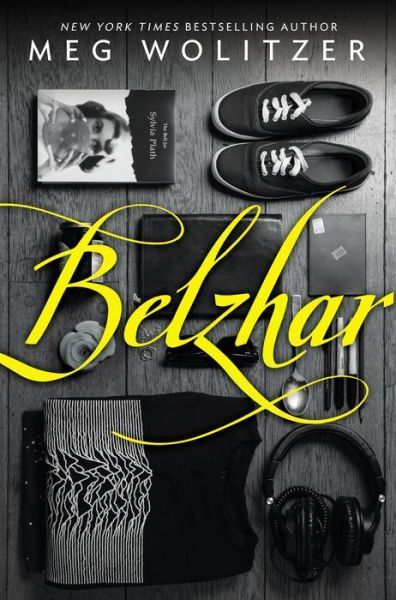What we usually remember about George III is that he was mad, but there was far more to this complex royal figure. As we learn in debut author Janice Hadlow’s fascinating account, A Royal Experiment: The Private Life of King George III, he had much to keep him busy during his long reign, including a very large family. This biography was originally published in the U.K. as The Strangest Family. It’s an apt title. Hadlow takes as her canvas not simply the private life of one monarch, but the entire House of Hanover, a dysfunctional dynasty if there ever was one.
In fact, George III, who came to the throne at age 22, developed his rule in opposition to the intrigue and jealousies that marked his childhood. He determined that a king should be a moral force for good, providing a model of virtuous family life. This philosophy was to guide him throughout his life and would have unintended consequences for his children, especially his daughters, who struggled to create their own independent lives.
George was fortunate in his choice of bride for his experiment. Hadlow’s portrait of the long-suffering Queen Charlotte (who managed the nearly impossible feat of successfully giving birth to 15 children in the 18th century) also provides insights into educational and child-rearing practices of the time.
George III’s mental illness, the cause of which is still debated, did not come until later in his life. By this point in the book, the characters in this royal drama seem like familiar figures on a long-running television series. We are sad to see the old king fade, but immensely curious to see how his values and ideals shape the future.
This article was originally published in the December 2014 issue of BookPage. Download the entire issue for the Kindle or Nook.


















